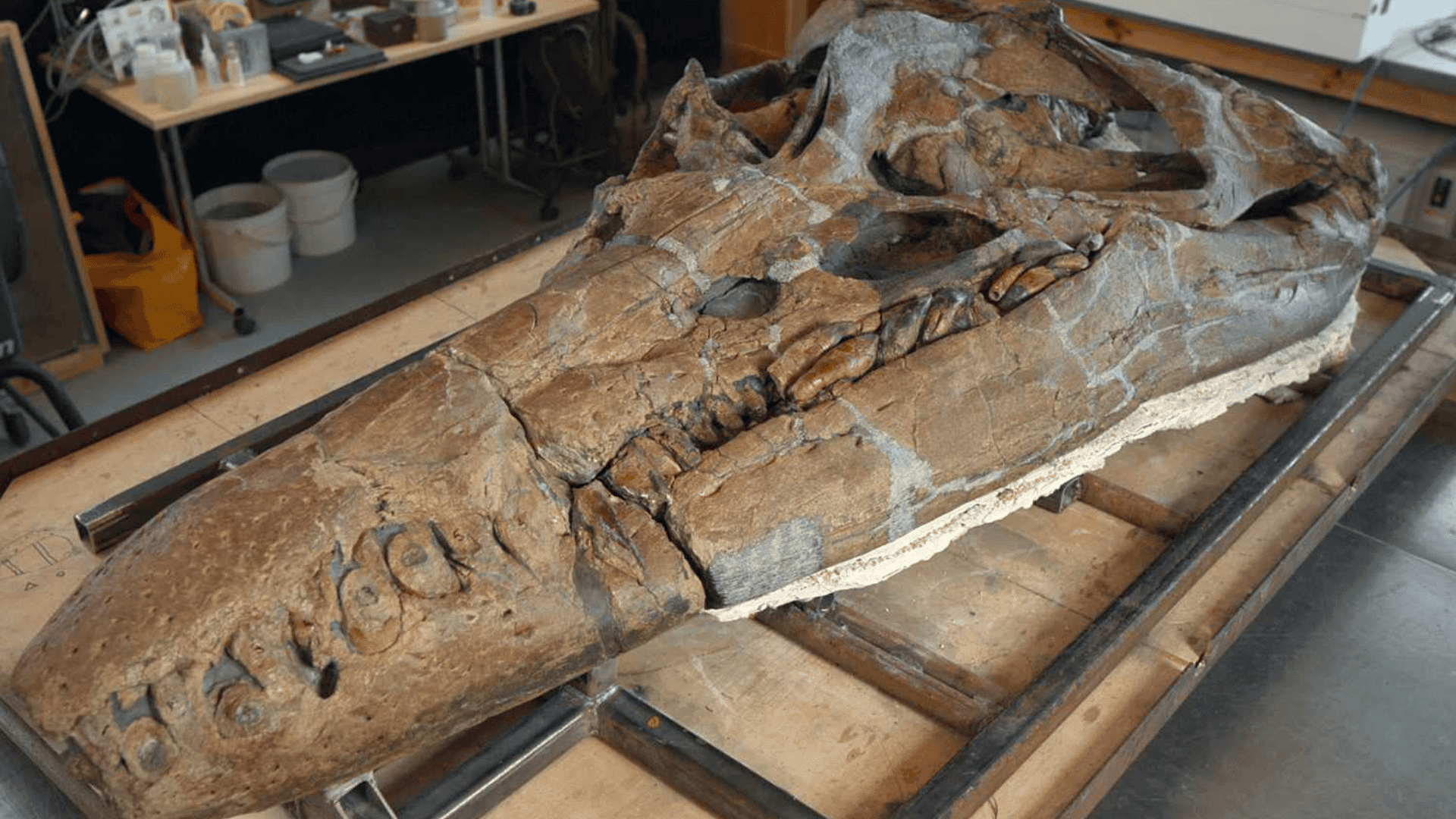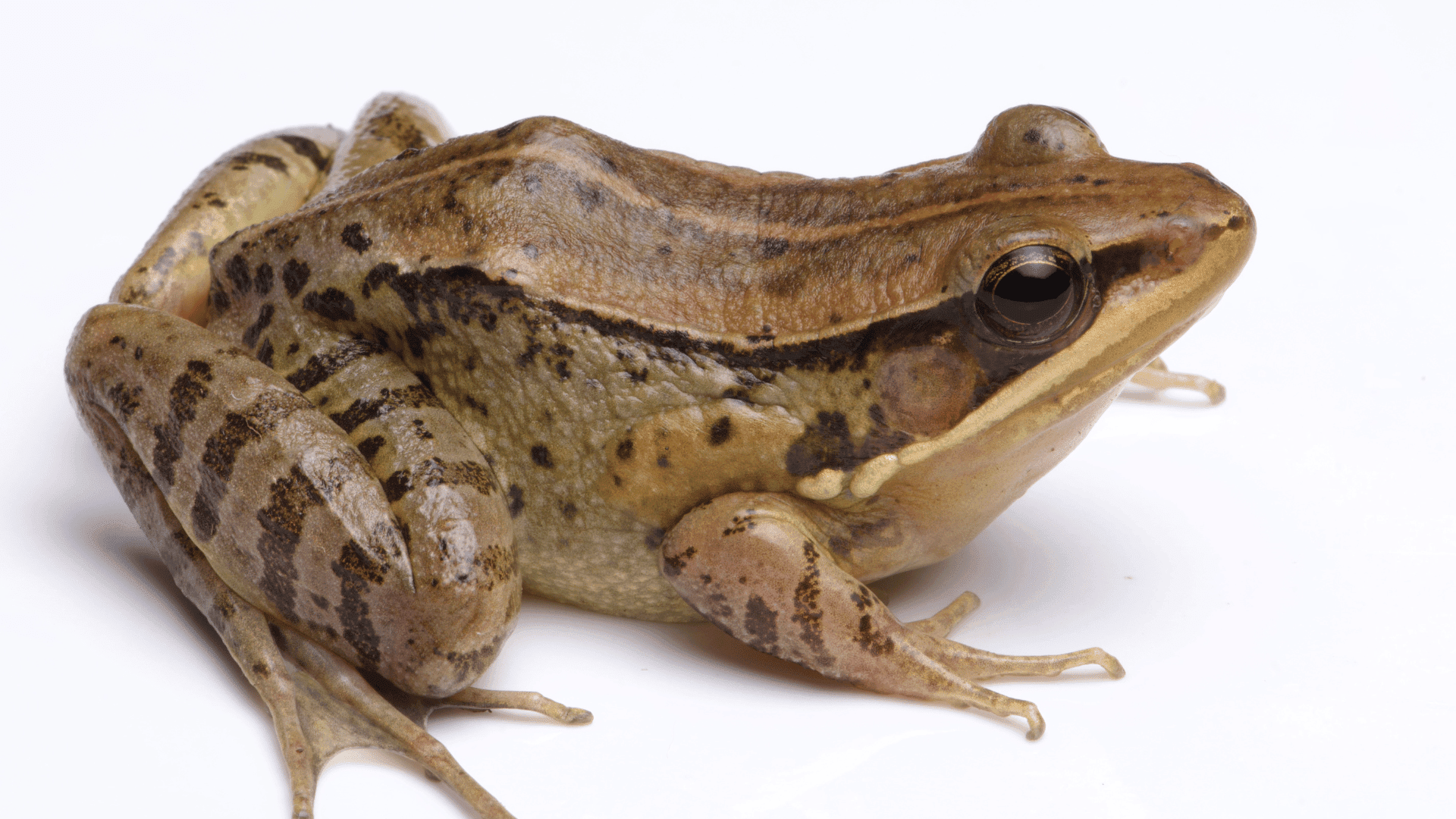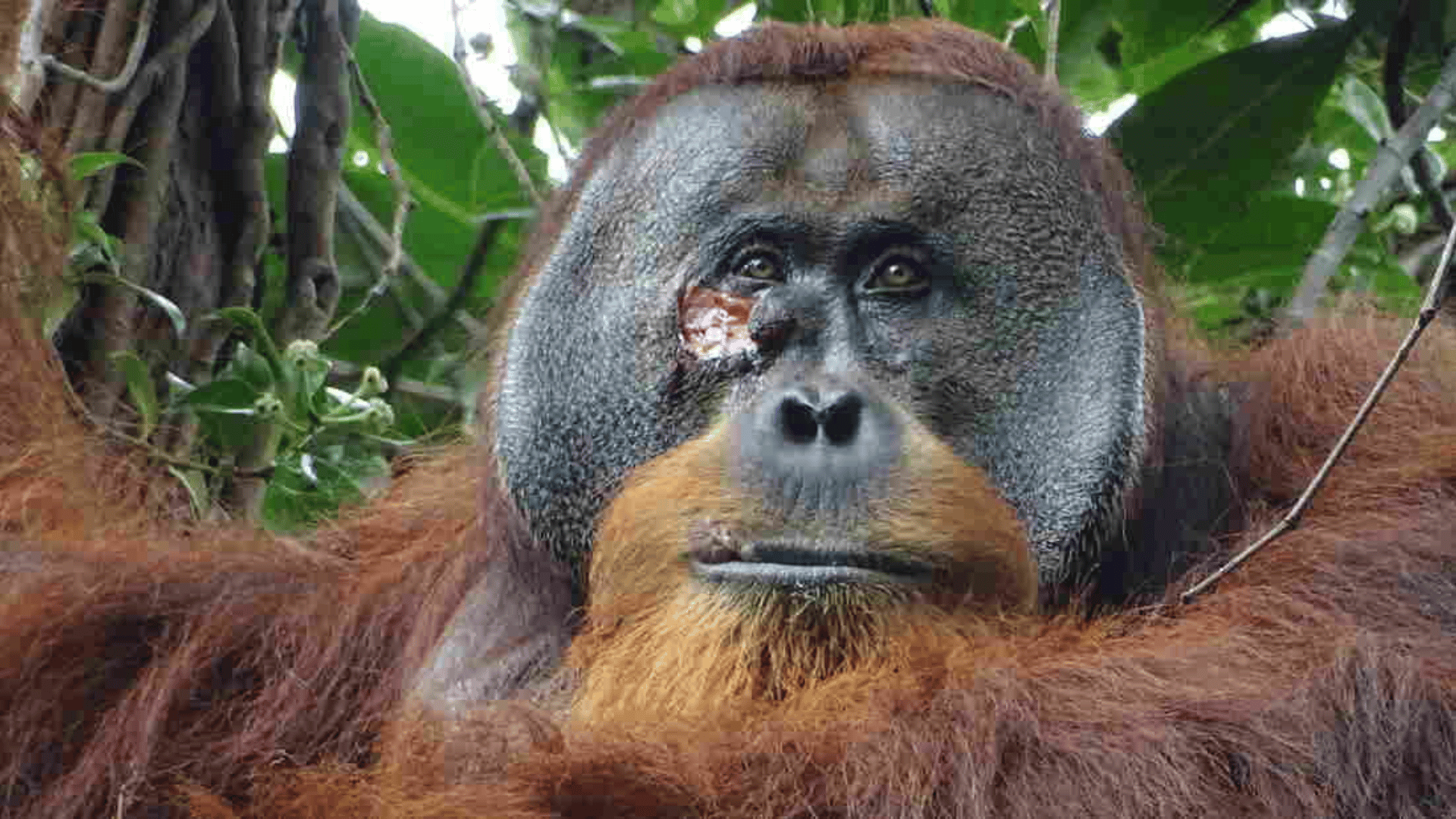The newly discovered species Militocodon lydae is thought to be the ancestor of all modern hoofed animals called ungulates.
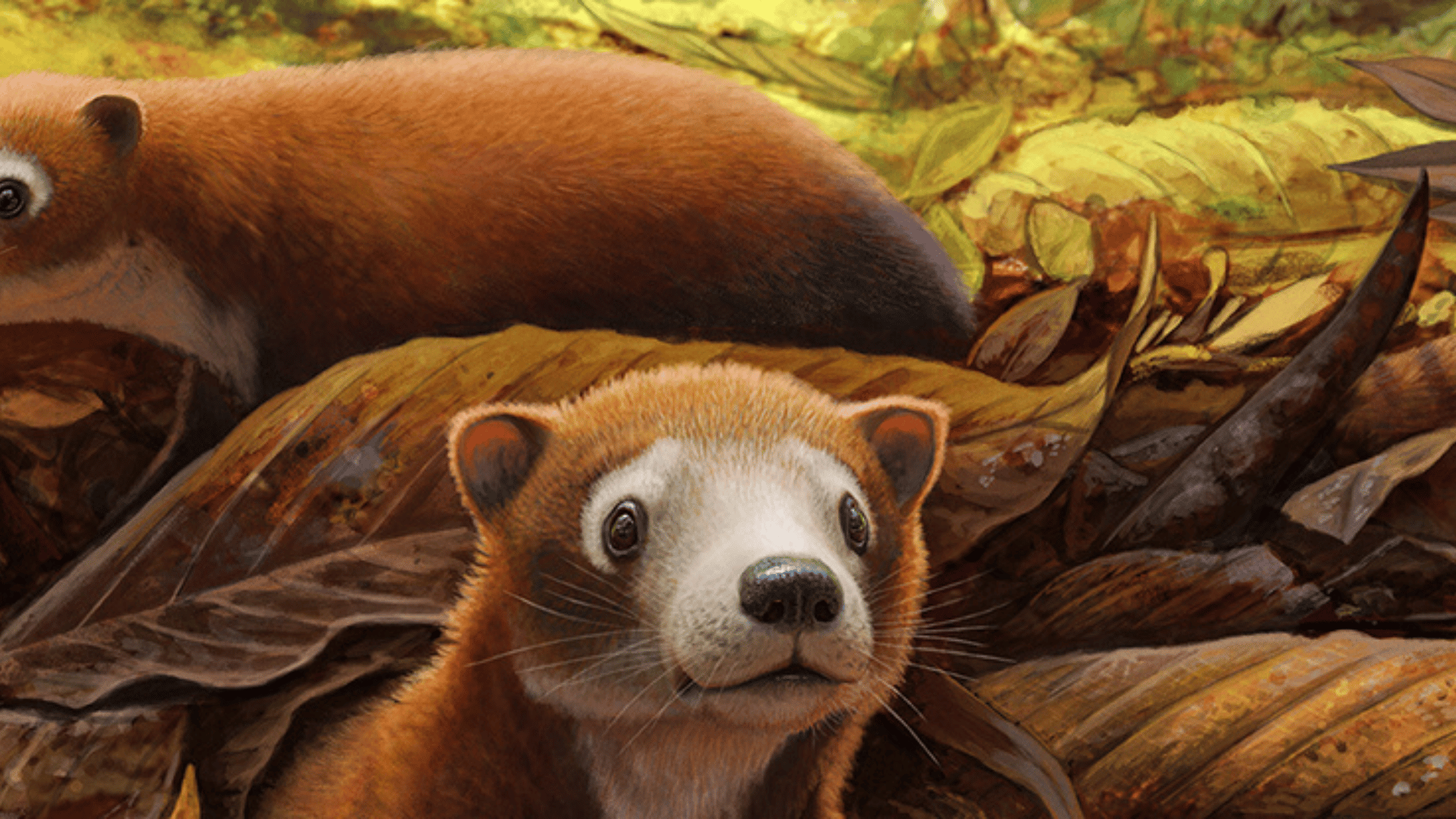
Living approximately 65 million years ago, the mammal is thought to have been the size of a rat, weighing 455 grams or 16 ounces. Appearing just after the extinction of the dinosaurs, the fossils were identified from part of a skull and jawbone recovered from Corral Bluffs, a fossil site in Colorado.
The researchers behind the discovery believe that the mammal fills some important gaps in our understanding of the Periptychidae family of early mammals, which ascended after the dinosaurs’ departure.
“The discovery and thorough descriptions and comparisons of the partial M. lydae skull represent an important step toward unraveling the complex evolutionary history of periptychid mammals,” paleontologist Lucas Weaver of Kent State University in Ohio and colleagues write.
Once they had uncovered the specimen, the team used sophisticated scanning techniques, 3D reconstructions, and teeth comparisons to put M. lydae in the right place on the evolutionary tree. The researchers also discovered evidence that the animal’s teeth were used for crushing and shearing rather than grinding, suggesting it would eventually lead to pigs, deer, and cows.
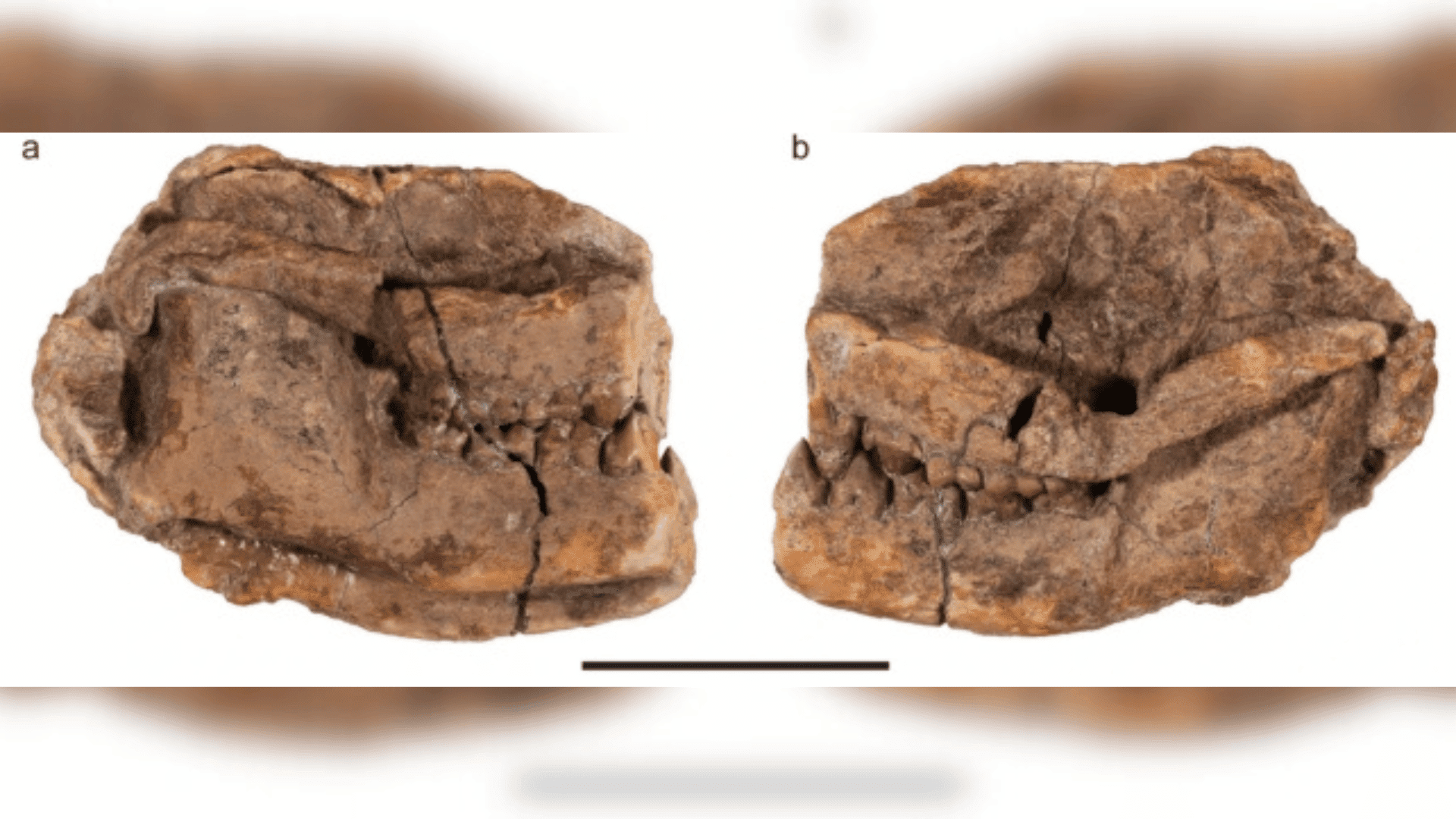
Explore Tomorrow's World from your inbox
Get the latest science, technology, and sustainability content delivered to your inbox.
I understand that by providing my email address, I agree to receive emails from Tomorrow's World Today. I understand that I may opt out of receiving such communications at any time.
The period where these creatures roamed the Earth would have involved a speedy and widespread diversification of the animal kingdom, particularly for mammals. This is because it took place after the asteroid collision, so mammals like M. lydae had the opportunity to thrive without the presence of dinosaurs.
“The continued discovery and study of early Paleocene archaic ungulates will almost certainly reveal more specimens that do not fit neatly into existing taxonomic bins, forcing us to contend with an evolutionary history tangled by evolutionary grades and transitional forms,” the researchers write.
As researchers have only found a handful of M. lydae fossils over the last eight years, further studies are still needed to confirm the identity of the most recent discovery. Every new discovery allows scientists to refine the Earth’s patterns of evolution.



